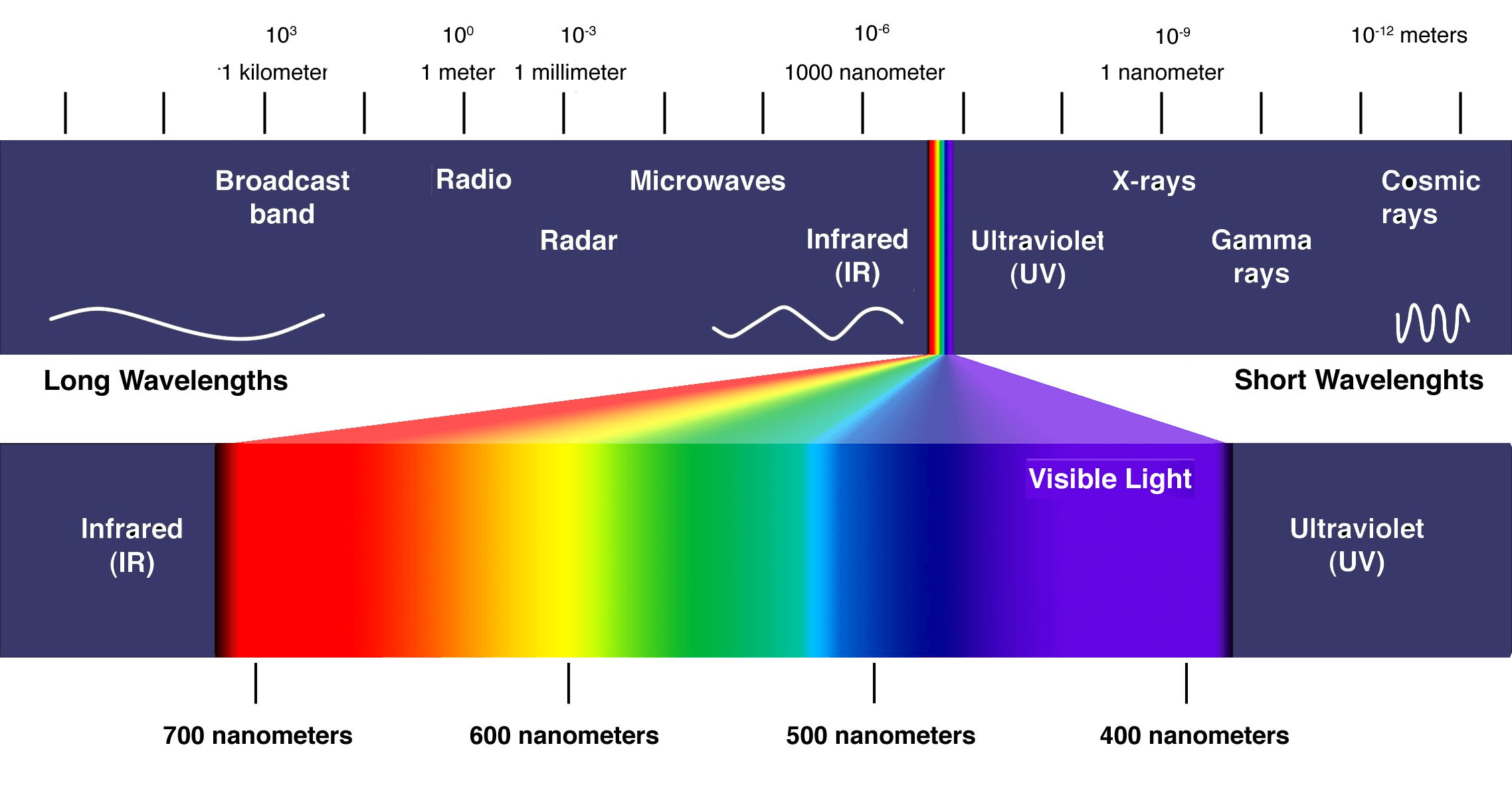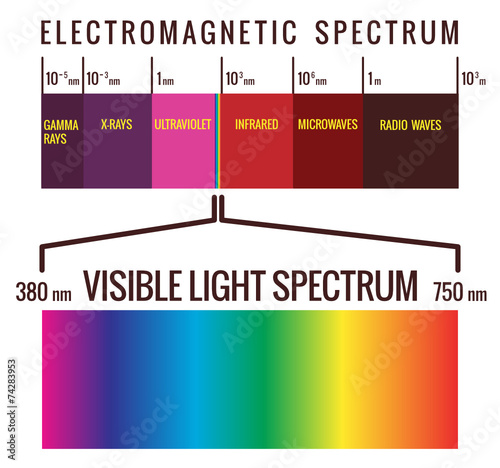Color ingredient. 
So February… after Valentine’s Day? The 28th?
Let’s set the due date by 18th that way I can get the show hung that week and we will do a little blue gala on the 24th.
Blue Gala 2?
2(point)Oh for sure!
I too found that a Google search failed. “YInMnO” does not seem to exist as a proper chemical formula.
It’s “Yttrium Indium Manganese Oxide”. Most forms of Manganese Oxide would be written as MnO2 [where the 2 is a subscript]. The proper name for MnO2 is Manganese Dioxide.
If the YInMnO is an alloy or mixture, then the 4 elements may not be combined chemically.
I found that a new blue pigment was discovered and patented in 2009. It is called “YInMn Blue”. You can find information about it at: https://en.wikipedia.org/wiki/YInMn_Blue
It is available commercially.
It is the substance which creates the perception of color.
Color ingredient.
way to over simplified. Color is cake, its a lie. One that our squishy meat computers tries to perceive the frequencies of electromagnetic radiation burst distortion fields upon the third dimensional quantum plain that we so colloquially call “light”.
I bring this point up because not all “colors” are made by pigments. https://io9.gizmodo.com/5855007/why-do-pigeons-throats-shine-so-iridescently
As we may remember from high school science, visible light corresponds to light that can be seen by the human eye. It ranges in color from violet at the lower end to red at the higher end, with peak response coming at 555 nm, which is part of the color blue.
Although the spectrum is continuous between the colors, the following ranges can be used to distinguish between various light sources:
- Violet (380-450 nm)
- Blue (450-495 nm)
- Green (495-570 nm)
- Yellow (570-590 nm)
- Orange (590-620 nm)
- Red (620-750 nm)
Now looking over the spectrum graph of YLnMnO shows its really a dominate Violet with enough recessive1 yellow/orange to make it be perceived as blue thanks o that meat computer’s natural talent to xor color values.
(btw, this was originally meant to be a light hearted snarky but funny comment… its a slow day in the office. So, sorry about the science lesson  )
)
I enjoyed it! I’m also thrilled to know Violet is the root. 
I’ve found “search” on talk to be totally useless. I go looking for a thread I read a week or so ago, key in words/phrases from said discussion, and get threads from 2015 about something totally unrelated. I’ve concluded the TALK search engine is merely a clever means of sending people down rabbit holes it deems worthy of resurrection.
If there are any more samples, I could use it in my alt process photography
Interesting info. Makes me wonder how much of the world we aren’t seeing if we could see beyond the visible light.
would it be enough to drive some one batty?
We already participate in this world via translation or other technologies. Example 1, something we “see”: night vision goggles in effect “translate” infrared non-visible spectrum RF into visible signals we can see. Example 2, something we hear, usually, rather than see: we transmit data all over the world using RF, from short wave to UFH to VHF, etc. Example 3 another thing we see: we use various “photo-processing” methods to “translate” x-rays (super-high-frequency UV, basically) to visible spectrum signals…
The lesson in this line of thinking is that “seeing” isn’t the only way to participate in electromagnetic radiation events…in fact, it’s a severely minuscule (but very important) slice of the spectrum.

And then you can get hung up in tetrachromats and debate what they might see. 
Don’t even get started on Mantis Shrimp.
The statistic that intrigues me is based on this question.
How much do we see?
The answer is only 20-30% of the “data”, then our brain backfills the rest. So, 70-80% of what you are “seeing” is painted in by your brain. Think on that for a minute.
Have a nice day.
Oh it looks so much more interesting
https://www.adorama.com/alc/experiments-in-infrared-photography-baja-mexico
Visual perception is very much enhanced by a lot of mental hardware that fills in blanks and also uses memory of what was previously seen to maintain that mental image that we call “sight”. It’s why you struggle with something fundamentally new the first time you see it - you need to model it in your mind and develop a method of recognizing it so the hardware acceleration can be trained. Conversely this is why surprisingly superficial camouflage works - it hacks the hardwired shortcuts that even the most cursory of proper examination would defeat.
Go Daryl go Daryl!


